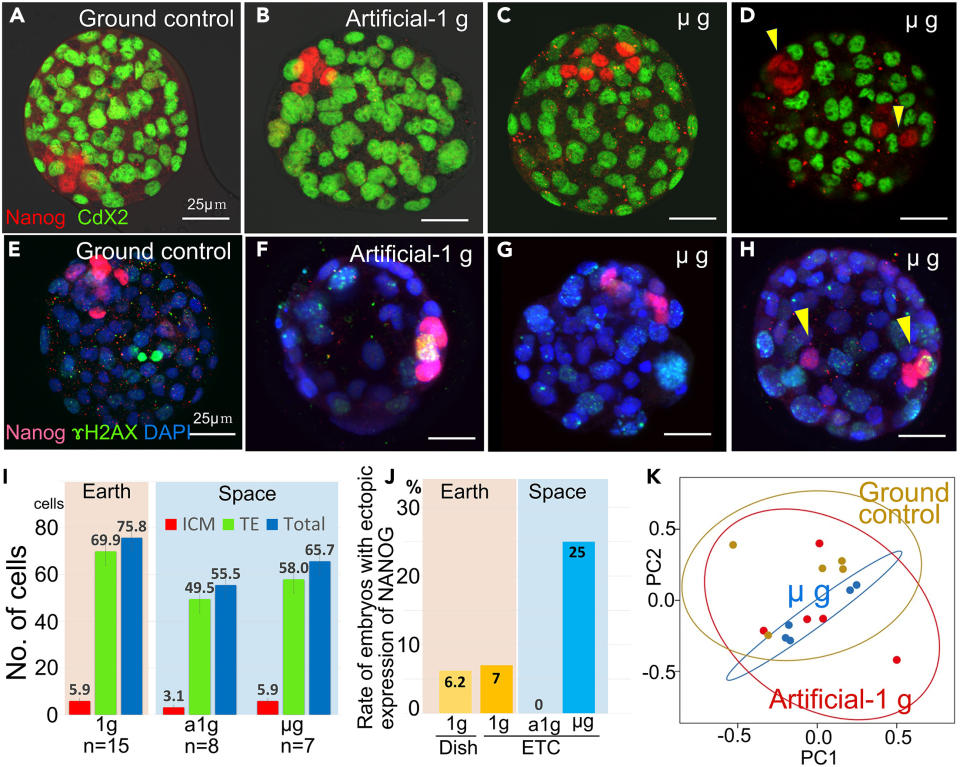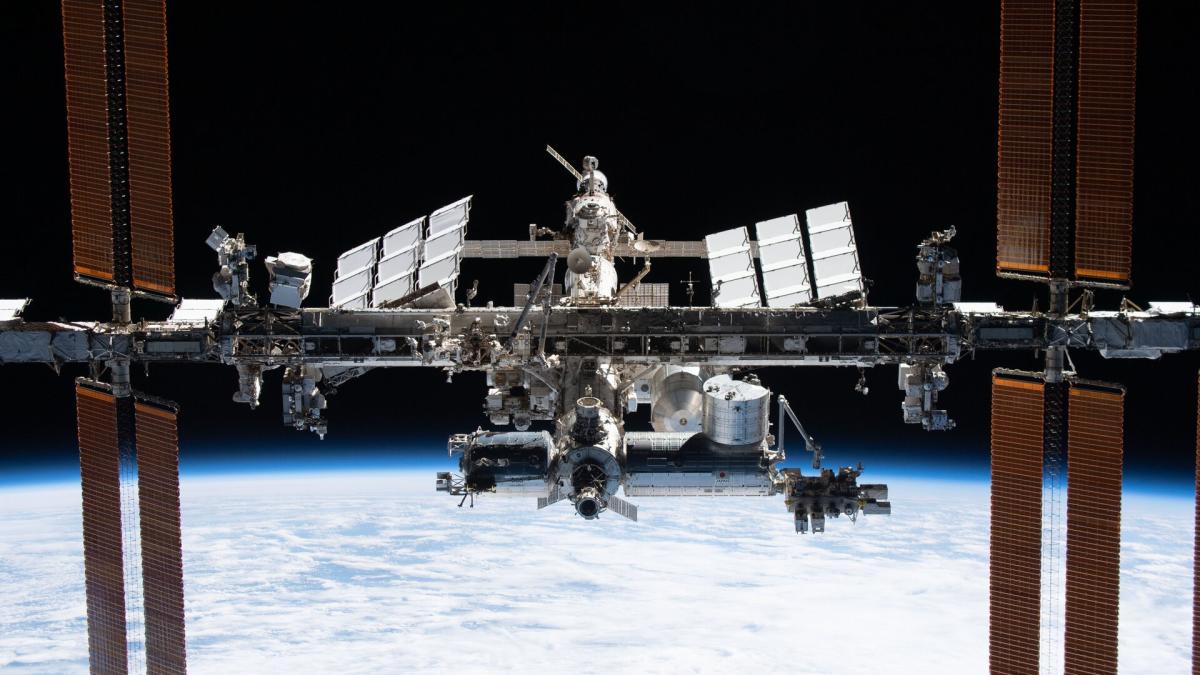Researchers have achieved a groundbreaking milestone by successfully growing mouse embryos aboard the International Space Station (ISS). This historic achievement marks the first-ever study demonstrating the possibility of mammals thriving in space. The University of Yamanashi and National Research Institute Riken made this revelation in a joint statement on Saturday. They emphasized that this experiment, which involved culturing early-stage mammalian embryos under complete microgravity on the ISS, marks a significant milestone in scientific exploration.
What makes this study of mouse embryos remarkable is its implications for human reproduction in space. If successful, it could mean that humans could eventually reproduce beyond the confines of Earth, thereby establishing us as a true space-faring species. This development holds tremendous significance as we prepare to return to the moon through initiatives such as the Artemis program, which aims to send the first woman and person of color to the lunar surface by 2025. Although the initial lunar occupation for Artemis 3 will be relatively short, the establishment of lunar camps may pave the way for prolonged human stays and potentially off-world reproduction in the future.
Related: How long could you survive in space without a spacesuit?
Teruhiko Wakayama, a molecular biologist at the University of Yamanashi’s Advanced Biotechnology Center, along with a team from the Japan Aerospace Space Agency (JAXA), spearheaded the experiment to grow the mammalian embryos in space. The primary objective was to assess the normal development of a mammalian fetus in the microgravity environment of space.
To accomplish this, the team sent frozen mouse embryos to the ISS aboard a SpaceX Falcon 9 rocket in August 2021. After reaching the space station, the embryos were thawed using a specialized instrument and cultured under microgravity conditions for four days. They were subsequently returned to Earth, where Wakayama and his colleagues compared them to mouse embryos grown in normal gravity.
As detailed in a paper published in the journal iScience, the team reported that the embryos cultured in microgravity developed into blastocysts with normal cell numbers. Blastocysts are clusters of dividing cells formed by fertilized eggs and indicate successful embryonic development. The researchers stated that these results “clearly demonstrated that gravity had no significant effect on blastocyst formation and initial differentiation of mammalian embryos.”
Additionally, the team observed that the blastocysts could potentially grow into mouse fetuses and placentas without any significant DNA alterations or changes in gene expression. However, the survival rate of the embryos grown on the ISS was lower compared to those cultivated on Earth.


RELATED STORIES:
— ‘Astronaut archaeology’ could improve space station design. Here’s how
— Groundbreaking laser communications experiment flying to ISS on SpaceX cargo mission on Nov. 5


